The term “Big Five” was originally coined by big game hunters referring to the five most challenging animals to hunt on foot. The term was widely used to refer to those 5 animals that are hardest to hunt, during the famous hunting safaris in Africa, when tourists came for Big game hunting.
However, today, the African Big Five represents iconic wildlife that holds great ecological significance and draws tourists from around the world to Africa’s diverse national parks and reserves.
Today, the term “Big 5” is more commonly used in the context of wildlife tourism, and refers to the five animals that are most sought-after by safari-goers in Africa. Seeing the Big 5 on a safari is considered a bucket-list experience for many wildlife enthusiasts.
Tanzania is home to the African Big Five. Northern Tanzania in particular presents the opportunity to spot all the members in the famous parks or Serengeti and Ngorongoro Crater, but visiting more places including Tarangire and Lake Manyara National Parks increases the probability of spotting them.
See also the lions of Serengeti National Park for an insight on the famous prides of the endless plains in Serengeti National Park.
Which animals are referred to as The African Big Five animals?
The African Big Five traditionally refers to five iconic large mammal species found in Africa. They are:
Certainly! Here’s a more detailed explanation of each of the African Big Five:
African Elephant (Loxodonta africana)
African elephants are the largest land animals on Earth. They are characterized by their long trunks, large ears, and long, curved tusks (primarily in males). There are two species of African elephants: the African bush elephant (found in savannas and grasslands) and the African forest elephant (found in dense rainforests). These gentle giants play a crucial role in maintaining the ecosystems they inhabit, as they create water holes, clear paths through vegetation, and disperse seeds.
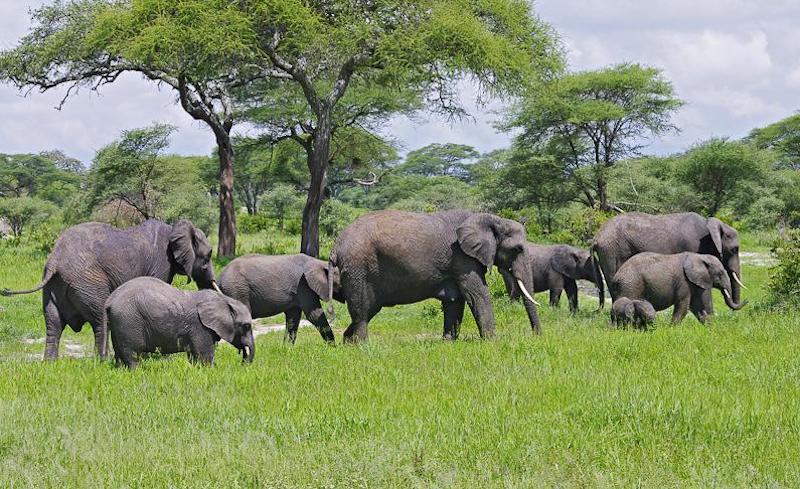 African Lion (Panthera leo)
African Lion (Panthera leo)
Lions are majestic big cats that are commonly associated with the African savannas. They are known for their tawny coats, impressive manes (in males), and powerful roars. Lions are social animals that live in prides, consisting of several related adult females, their offspring, and a few adult males. They are formidable hunters, primarily targeting large ungulates like zebras, wildebeests, and buffalo. Lions’ strength and cooperative hunting strategies have earned them the title of “King of the Jungle.”
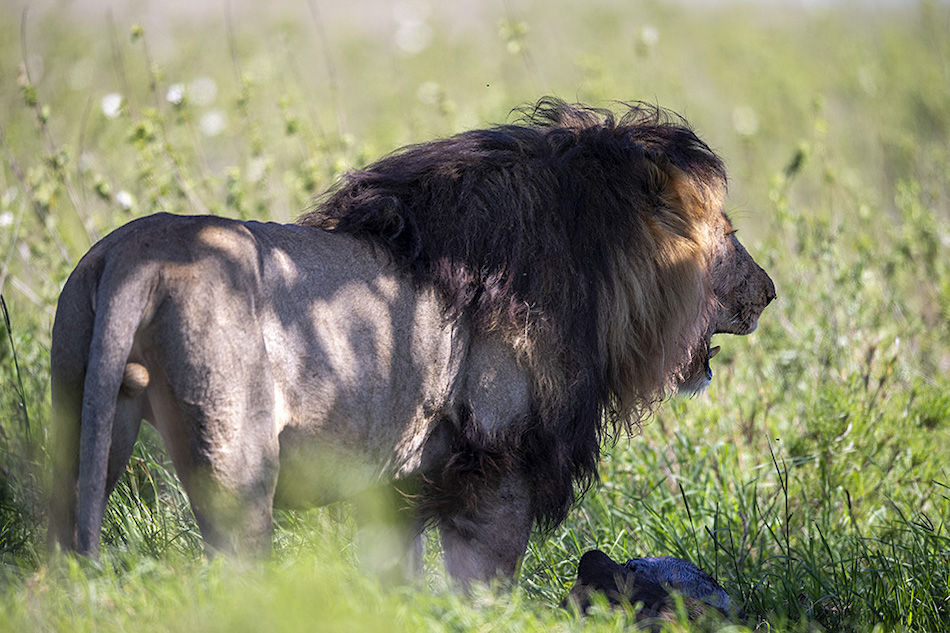 African Leopard (Panthera Pardus)
African Leopard (Panthera Pardus)
African leopards are solitary and elusive big cats found throughout various habitats in Africa, including forests, savannas, and mountains. They are known for their distinctive rosette patterns on their fur, which help them camouflage effectively. Leopards are excellent climbers and have the ability to haul their prey, such as antelopes or small mammals, into trees to protect it from other predators. They are adaptable and can thrive in both natural and human-altered environments.
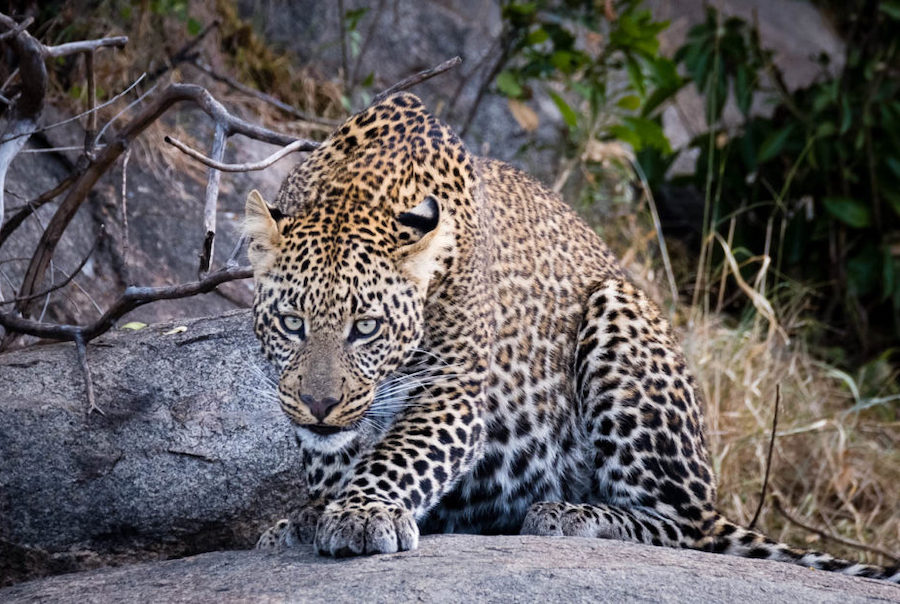 African Cape Buffalo (Syncerus caffer caffer)
African Cape Buffalo (Syncerus caffer caffer)
Also referred to as the African buffalo or Cape buffalo, this large bovine species is found in sub-Saharan Africa. Cape buffaloes are known for their robust build, imposing horns, and reputation for being unpredictable and sometimes aggressive. They live in herds that can range from a few individuals to several hundred. These herds play a crucial role in shaping the environment by grazing on vegetation and creating pathways that benefit other animals.
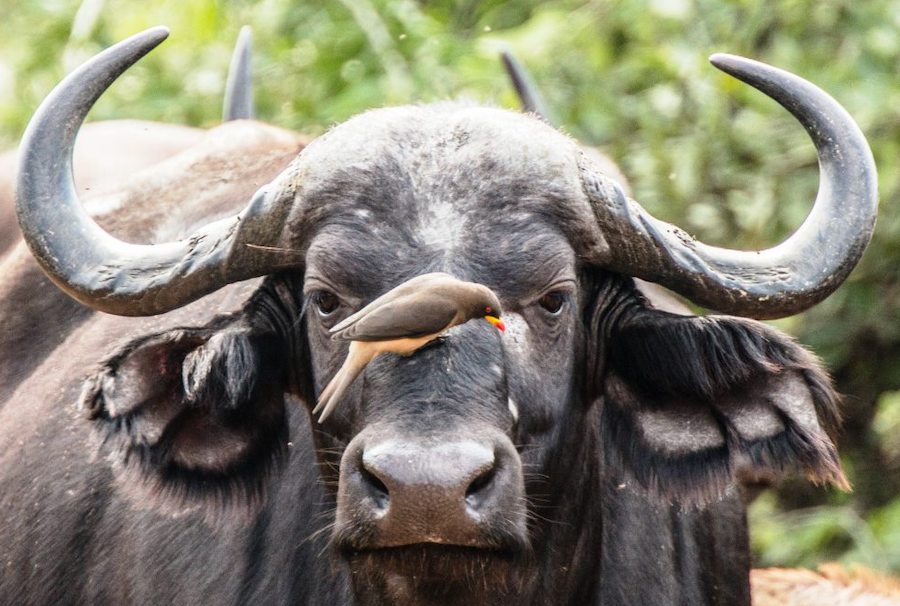 African Rhinoceros (Diceros bicornis)
African Rhinoceros (Diceros bicornis)
Rhinoceroses are massive herbivorous mammals with two main species found in Africa: the white rhinoceros and the black rhinoceros. Despite their names, both species are gray in color. The white rhinoceros is the larger of the two and has a square-shaped mouth adapted for grazing on grass. The black rhinoceros has a pointed upper lip, which allows it to browse on leaves and twigs. Rhinos are known for their thick skin and one or two large horns on their snouts. Unfortunately, rhinos are heavily targeted by poachers for their horns, which are illegally traded due to their perceived medicinal and cultural value. Conservation efforts are underway to protect these magnificent creatures from extinction.
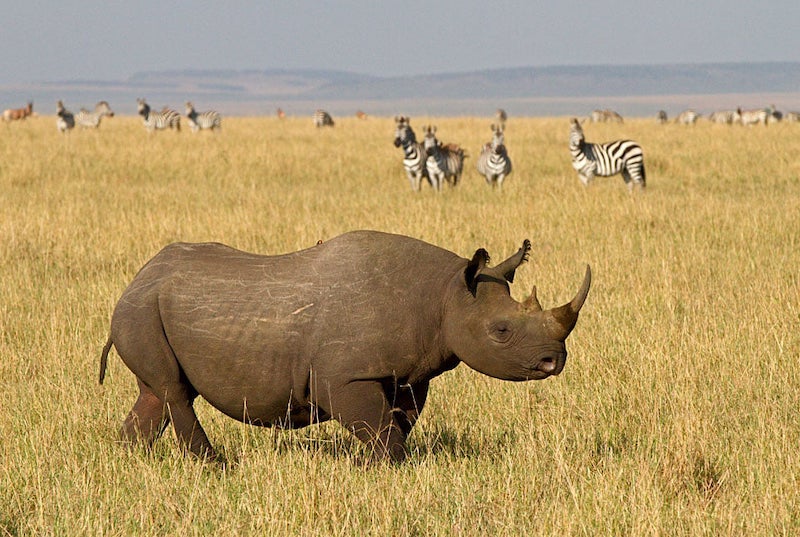 Which are the best places to spot the Big Five animals in Tanzania?
Which are the best places to spot the Big Five animals in Tanzania?
Tanzania is renowned for its exceptional wildlife and offers several national parks and reserves that provide excellent opportunities to spot the Big Five. Among the top safari destinations in Tanzania known for Big Five sightings are:
Serengeti National Park
Serengeti is one of the most famous and iconic safari destinations in Africa. It is renowned for its vast grassy plains, where massive wildebeest and zebra migrations take place. The park is home to a thriving population of lions, elephants, leopards, Cape buffaloes, and rhinoceroses (though rhino sightings are rarer). The best time to visit for the Big Five sightings is during the dry season from June to October. One safari that you can take and try your luck in spotting the big five of Africa is our 5 days Tanzania safari, staying in lodges and tented camps.
Ngorongoro Crater
The Ngorongoro Crater is a UNESCO World Heritage Site and a unique safari destination. It is a large volcanic caldera that has created a natural enclosure for various wildlife species. The crater is home to a high concentration of wildlife, including all members of the Big Five. Its compact size makes game viewing relatively easy, and the chances of spotting the Big Five are generally high throughout the year.
Tarangire National Park
Tarangire is known for its stunning landscapes and large elephant herds. It is particularly famous for its massive baobab trees and the Tarangire River, which attracts abundant wildlife during the dry season (from June to October). In addition to elephants, you can also spot lions, leopards, Cape buffaloes, and rhinoceroses (though rhino sightings are rare). Tarangire is a less crowded park, providing a more intimate safari experience.
Selous Game Reserve
Selous is the largest game reserve in Africa and offers a diverse range of wildlife. While it is not as famous as some of Tanzania’s national parks, it is a hidden gem for Big Five sightings. In addition to lions, elephants, leopards, and Cape buffaloes, Selous is home to a significant population of black rhinoceroses. The reserve offers both game drives and boat safaris, providing unique opportunities for wildlife encounters.
At Safari Desire we can always tailor for you the best package which will raise your chances of sporting all the Big Five in the least time possible. get in touch any time for free advice and planning for your next Tanzania Safari!
It is good to note, however, that the specific timing of your visit can influence Big Five sightings. The dry season, which typically falls from June to October, is generally considered the best time for wildlife viewing in Tanzania, as animals tend to gather around water sources. However, each park and reserve has its own unique characteristics and may offer rewarding sightings throughout the year. Working with a reputable safari operator or local guide can help tailor your safari experience to maximize your chances of spotting the Big Five in Tanzania!

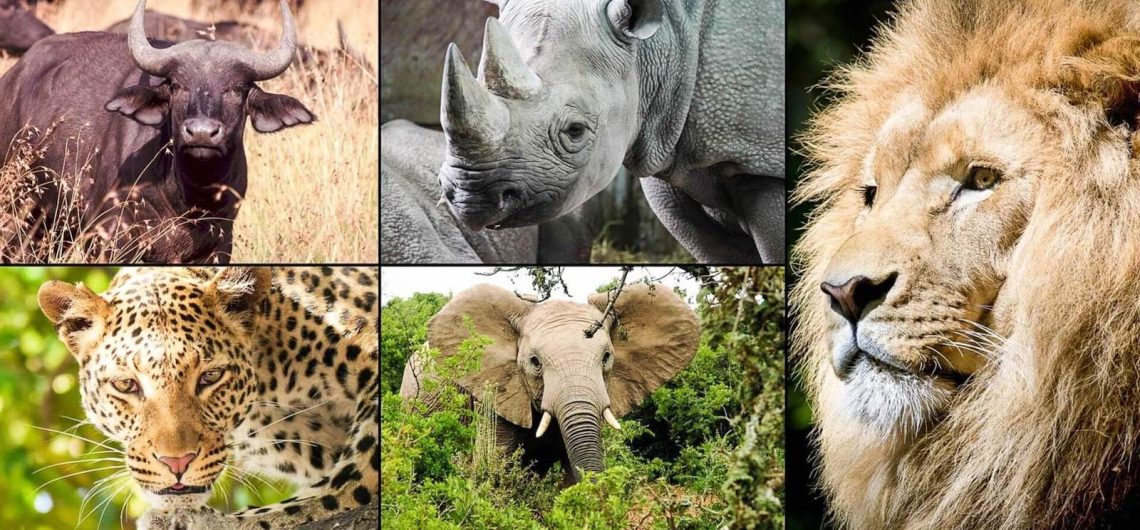
Comments